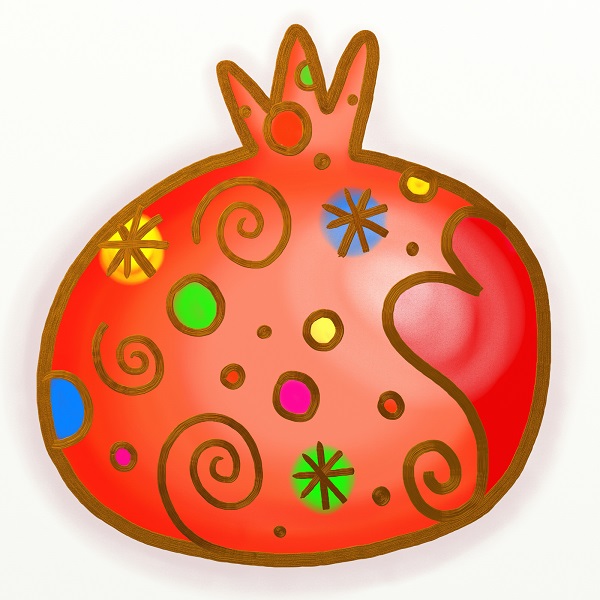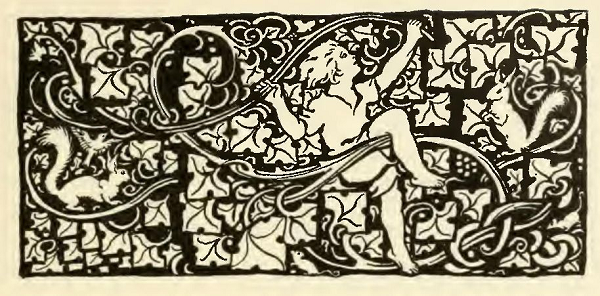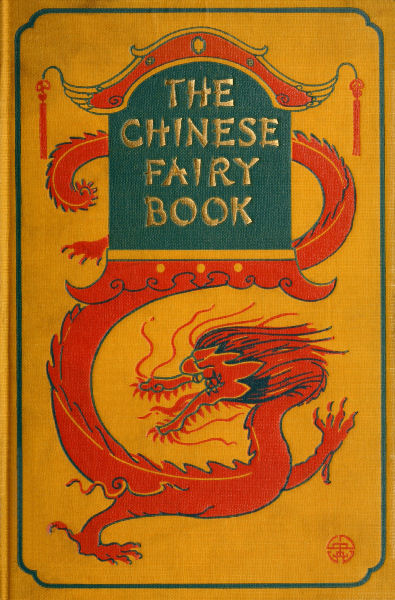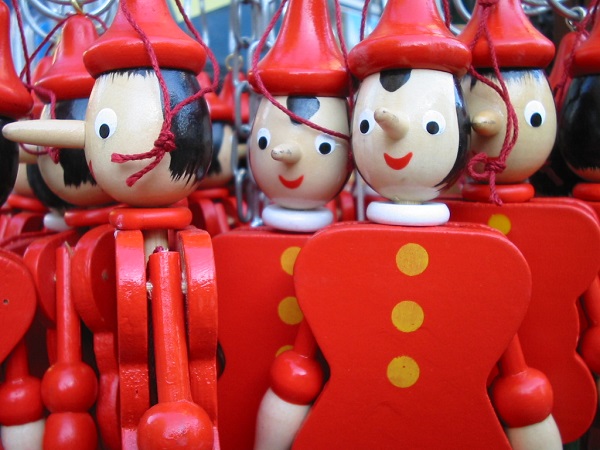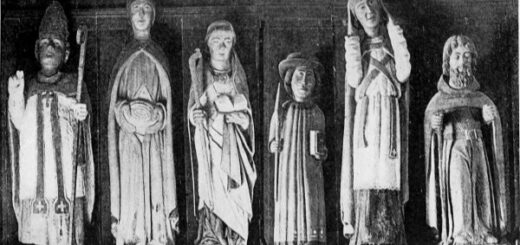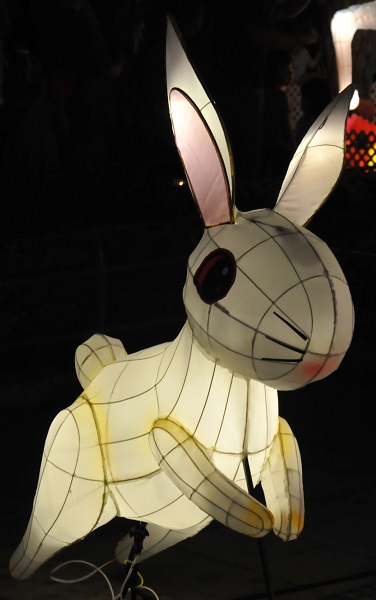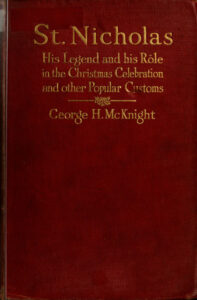St. Nicholas – His Legend and His Role in the Christmas Celebration and Other Popular Customs (By George H. McKnight, 1917) – Chapter 4

CHAPTER IV
ST. NICHOLAS AND THE DOWERLESS MAIDENS
Reference has already been made to the fact that after the introduction of Christianity the name of St. Nicholas came to be associated with a number of customs antedating Christianity and that to some extent, mainly superficially, the earlier customs were influenced by the new association. Thus the gift giving of apples and pears and nuts and of rods to children, characteristic of the pre-Christian autumn festivals, was brought into association with St. Nicholas, probably largely because the pre-Christian festival coincided in time with the time of the St. Nicholas celebration, December sixth. With the transfer of this old custom to the Christmas celebration, the custom of giving gifts to children coalesced with another, an adult custom of gift giving, derived from the Roman strenæ, a feature of the Roman celebration of the Kalends of January, and surviving distinctly in Latin countries, notably in the étrennes of the French New Year’s Day. With both of these customs coalescing in the general gift giving of Christmas, in America at least, is still associated the name of Santa Claus, or St. Nicholas.
Aside from the coincidence in time between the St. Nicholas festival and the pagan children’s festival, there was also a point of contact in one of the best-known of the stories in the life of St. Nicholas, which, associated with the earlier custom at first in a superficial way, in time affected its character. The story in question is the famous one of the young man St. Nicholas and his gifts to the dowerless maidens. This story in the condensed, not too lively, version in the Golden Legend, runs as follows:
And when his father and mother were departed out of this life, he [the young man Nicholas] began to think how he might distribute his riches, and not to the praising of the world but to the honor and glory of God. And it was so that one, his neighbour, had then three daughters, virgins, and he was a nobleman: but for the poverty of them together, they were constrained, and in very purpose to abandon them to the sin of lechery, so that by the gain and winning of their infamy they might be sustained. And when the holy man Nicholas knew hereof he had great horror of this villainy, and threw by night secretly into the house of the man a mass of gold wrapped in a cloth. And when the man arose in the morning, he found this mass of gold, and rendered to God therefor great thankings, and therwith he married his oldest daughter. And a little while after this holy hermit of God threw in another mass of gold, which the man found and thanked God, and purposed to wake for to know him that had aided him in his poverty. And after a few days Nicholas doubled the mass of the gold, and cast it into the house of this man. He awoke by the sound of the gold and followed Nicholas, which fled from him, and he said to him: “Sir, flee not away so but that I may see and know thee.” Then he ran after him more hastily and knew that it was Nicholas; and anon he kneeled down, and would have kissed his feet, but the holy man would not, but required him not to tell nor discover this thing as long as he lived.

Florentine School (Fifteenth Century). St. Nicholas and the Three Maidens.
This is the story which in general has linked the name of St. Nicholas particularly with the virtue of generosity. For instance, in Dante’s Purgatorio the shade of Hugh Capet introduces the name of Nicholas in this connection.
“It spoke further of the generosity of Nicholas toward the maidens in order to conduct their youth to honor.”
Canto xx., vo. 31-33.
Among schoolboys the story was particularly well known. It formed the subject of one of the plays performed by them on St. Nicholas’ eve. It, also, more frequently than any other incident in his life story, forms the subject of pictures by Byzantine and early Italian painters. The pictures representing the dejected father and the daughters preparing for bed, one of the daughters sometimes dutifully pulling off her father’s boots, and the youth St. Nicholas on the outside of the house furtively casting through an open window his gifts of gold, inevitably bring to mind the later methods of gift bestowing employed by Santa Claus. That the connection was felt in earlier times is made clear from earlier references to the custom, especially in the form of Protestant objection. For instance, a preacher of Lauban in 1608, referring to St. Nicholas’ gifts to the maidens, remarks: “Hence comes the custom that some parents lay something on the bed for children and say St. Nicholas has given it, which is an evil custom since by it the children are directed to St. Nicholas when we know that not St. Nicholas but the holy Christ Child gives us everything good for body or for soul. Another Protestant preacher of the same period makes similar objection, saying: “One had better tell the children that the dear Christ Child sent such gifts; if they shall be good, better ones will follow on Christmas day.” The surreptitious manner of conveying the gifts to the children must have been an old practice as may be inferred from the incident recorded of the young man of the sixteenth century who, in attempting to imitate St. Nicholas, fell through an opening left for grain and nearly lost his life.

L. di Bicci (?). St. Nicholas and the Three Maidens.
Metropolitan Museum of Art
That the association of St. Nicholas with gift giving was known in England in the sixteenth century, is shown by the following lines from Barnabe Googe’s Popish Kingdom, a translation from the Regnum Antichristi by Naogeorgus:
Down to within recent times in the church of S. Nicola in Carcere at Rome, the generosity of St. Nicholas was annually commemorated, by the giving of gifts to poor children in the sacristy after the memorial Mass on St. Nicholas’ day. This custom at Rome seems to have been discontinued, but the memory of it, and the attending hopes for gifts, are not extinct, as the present writer had opportunity to observe when attending services in honor of St. Nicholas at this church on St. Nicholas’ day, in 1914. After the Mass a throng of expectant parents and children followed the officiating priest into the sacristy and were permitted to kiss the ring on the hand of the officiating priest, but in their hope for the customary presents, met with keenly felt disappointment.
But although in modern times deprived somewhat of the gratitude once felt for him as a giver of gifts, St. Nicholas for centuries has been honored on account of another phase of his kindly art, the procuring of husbands for marriageable girls. Reference has already been made to the fact that in the Netherlands the special cakes of the St. Nicholas festival are said to perpetuate a custom originated by the three daughters in the story, who on their marriage day are said to have baked such cakes and distributed them among poor children as a sign of gratitude.
Honor paid to St. Nicholas by unwedded maids goes back a great many centuries. Among Normans of the twelfth century he was regarded as the peculiar saint of spinsters, who invoked him in order to procure speedy marriage.
The same idea is in evidence in English popular carols, in which St. Nicholas is praised particularly as a provider of husbands. One song of seven stanzas recites the story of how St. Nicholas saved the maidens, and ends with the stanza:
The refrain is:
One of the most important of marriages in English history is associated with this St. Nicholas custom. In one of Bishop Fisher’s sermons it is recorded of Margaret, Countess of Richmond, mother of Henry VII., “that she prayed to St. Nicholas, the patron and helper of all true maydens, when nine years old, about the choice of a husband; and that the saint appeared to her in a vision and announced the Earl of Richmond.”
From another ancient authority we have similar testimony, as follows:
St. Nicholas was likewise venerated as the protector of virgins; there are, or were until lately, numerous fantastical customs observed in Italy and various parts of France, in reference to that peculiar tutelary personage. In several convents it was customary, on the eve of St. Nicholas for the boarders (sic) to place each a silk stocking at the door of the apartment of the abbess with a piece of paper enclosed, recommending themselves to “great St. Nicholas of her chamber,” and the next day they were called together to witness the saint’s attention, who never failed to fill the stockings with sweetmeats and other trifles of that kind, with which these credulous virgins made a general feast.
If the kindly saint, in this case, was not in position to provide husbands, he at least provided agreeable consolation.
The conception of St. Nicholas as the protector of maidens and the provider of husbands and the association of this idea with the story of his generous act toward the three maidens in distress, is by no means extinct in our own times, as is shown by the following account of English customs recorded in a recent newspaper:
In the mining districts of the North of England they still maintain the pleasant custom of collecting “maidens’ purses” on Christmas eve.
These purses, in most cases subscribed for by the mining folk themselves, are intended as marriage portions for girls undowered with worldly wealth, who are expecting to be led to the altar. On Christmas eve the full purse is stealthily thrown in at the girl’s window to avoid any possibility of wounding her feelings.
In one parish four purses are provided every Christmas eve by a woman now rich, who makes no secret of the fact that her own wedding day was brightened by the gift thrown in at the window when she was a miner’s lass.

L. di Bicci. Madonna and Child and Various Saints with their Conventional Emblems.
Among the images of saints in France and other northern countries of Europe, as has already been remarked, the tub with the three saved youths is the conventional sign of St. Nicholas. Italian artists, on the other hand, represent St. Nicholas in bishop’s garb and with three golden balls, commonly on a book which he holds in his hand, but sometimes in his cap or at his feet This conventional symbol of the three balls is sometimes explained as alluding to the Trinity, or to the loaves of bread used by the saint in feeding the poor in a famine, but is more usually associated with the three gifts to the three maidens, the balls of gold corresponding in appearance to the handfuls of gold tied up in a handkerchief thrown in at the window by St. Nicholas, in the representations of the scene.
Remote as at first thought may appear the connection between St. Nicholas and pawnbrokers, it seems possible also to connect the three balls, the conventional sign for St. Nicholas, with the more modern use of the three balls as the sign of the professional money-lender. The pawnbroker’s three balls have been sometimes explained as derived from the arms of the Medici. A more generally received explanation is that the three balls were used as a sign before their houses by the Lombard bankers. “The three blue balls,” says Brand, “prefixed to the doors and windows of pawnbrokers’ shops (by the vulgar humorously enough said to indicate that it is two to one that the things are ever redeemed) were in reality the arms of a set of merchants from Lombardy, who were the first that publicly lent money on pledges. They dwelt together on a street from them called Lombard Street, in London.” It has been said that “the golden balls were originally three flat yellow effigies of byzants, or gold coins, laid heraldically upon a sable field, but that they were presently converted into balls the better to attract attention.”
A plausible explanation, which, however, remains to be proved, would be found in the association of the three balls of the pawnbroker with the three golden balls, the symbol of St. Nicholas, whom the Lombard bankers might well have chosen as their patron saint. If one were disposed to be uncharitable, one might call attention to the fact that St. Nicholas was the patron saint not only of schoolboys and unwedded maids, and as remains to be shown, of mariners, but also of pirates and thieves, between whom and the kindly saint the connection is not, at first thought, obvious, and one might try to show a relationship between the pawnbroker who lends money on pledges, and the pirate or thief who borrows money without a pledge. The suggestion is not intended seriously, but it is seriously believed that the association with St. Nicholas is not more unlikely in one case than in the other. Confirmatory evidence is afforded by the legend of the saint, in which is included an episode that seems to establish St. Nicholas as the protector of the money-lender as firmly as the stories already discussed associate him with the protection of boys and of maidens. In the Golden Legend the story is told as follows:
There was a man that had borrowed of a Jew a sum of money, and sware upon the altar of St. Nicholas that he would render and pay it again as soon as he might, and gave none other pledge. And this man held this money so long, that the Jew demanded and asked his money, and he said that he had paid him. Then the Jew made him to come before the law in judgment, and the oath was given to the debtor. And he brought with him an hollow staff, in which he had put the money in gold, and he leant upon the staff. And when he should make his oath and swear, he delivered his staff to the Jew to keep and hold whilst he should swear, and then sware that he had delivered more than he ought to him. And when he had made the oath, he demanded his staff again of the Jew, and he nothing knowing of his malice, delivered it to him. Then this deceiver went his way, and anon after, him list sore to sleep, and laid him in the way, and a cart with four wheels came with great force and slew him, and broke the staff with gold that it spread abroad. And when the Jew heard this, he came thither sore moved, and saw the fraud, and many said to him that he should take to him the gold; and he refused it, saying, But if he that was dead were not raised again to life by the merits of St. Nicholas, he would not receive it, and if he came again to life, he would receive baptism and become Christian. Then he that was dead arose, and the Jew was christened.
This story forms the subject of three spirited scenes in the frescoes at Santa Croce, which represent the borrowing of the money, the oath on the book before the altar of St. Nicholas, a place detail neglected in the Golden Legend version, and the street scene where the sharper is run over.
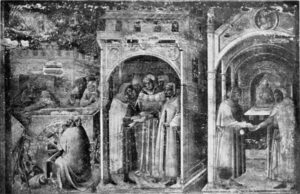
Fresco at S. Croce, Attributed to G. Starnina. Three Scenes from the Story of St. Nicholas and the Jew Moneylender.
The singular reversal of the rôle usually assigned to the Jew in medieval story is striking. The main purpose of the story seems to be not so much to show the lack of appreciation on the part of St. Nicholas of the sharp trick played, the kind of trick that medieval story loved to record, especially when a Jew was the sufferer by the chicanery, as to show the justice of St. Nicholas and perhaps, if we are disposed to be skeptical about the truth of the story, owes its origin to the desire to establish a relation of protectorship between St. Nicholas and the money-lending class, as other stories established him as the protector of schoolboys, of maidens, and of mariners.
Another of the best known stories of St. Nicholas, which tells of the protection afforded a Jew on another occasion, remains to be recorded in another connection. In any event there seems to be good evidence in the story of St. Nicholas for associating the three balls, his conventional sign, with the three balls of the pawnbroker, and thus establishing a connection, at first thought so far-fetched, between the pawnbroker class and the story of the dowerless maids.
